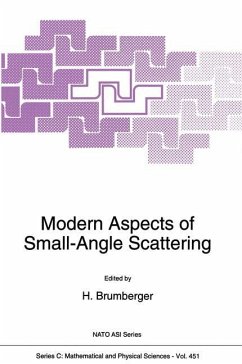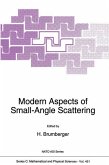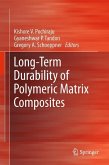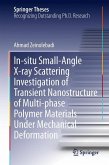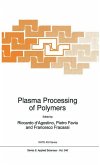The technique of smal1-angle soattering (SAS) is now about sixty years o1d. Soon after the first observations of, a continuous, intense X-ray scattering near the primary beam from samp1es such as canbo:tt,bla:cks, it was recognized that this scattering arose from e1ectron density heterogeneities on a scale of severa! tens to severa! hundred times the wave1ength of the radiation used. By the time the classic monograph of Guinier and Foumet appeared in 1955, much of the basic theory and instrumentation had been developed, and applications to colloidal suspensions, macromolecular solutions inc1uding proteins and viruses, fibers, porous and finely divided solids, metallic alloys etc. numbered in the hundreds. Following severa! specialized meetings, the first international conference on small-ang1e X-ray scattering was helditi, Syracuse in 1965, marked by the presentation of new scattering theory for polydisperse systems, polymer coils and filaments, new instrumentation (the Bonse-Hart camera), and new applications to polymeric, biologica!, and metallic systems, to critica! phenomena and to catalysts. The second conference (Graz, 1970) no longer dealt exclusively with X ray scattering, but also inc1uded neutron small-angle scattering (SANS). SANS applications developed rapidly during this period, especially for studying synthetic and biologica! macromolecules, when the possibilities of exploiting scattering Iength density differences, created by selective deuteration, were recognized.

